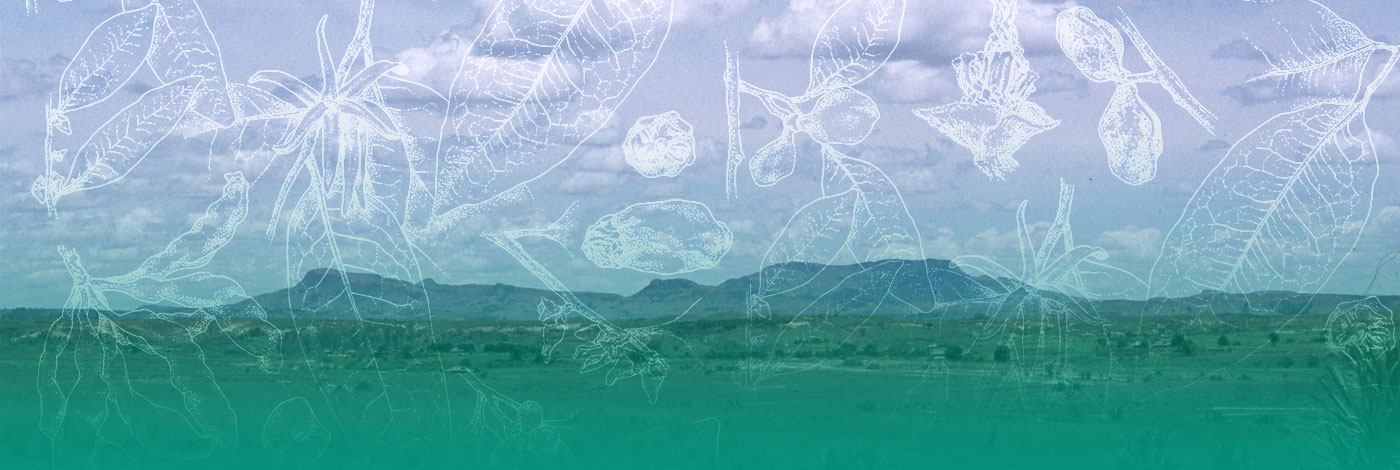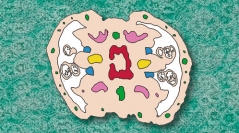

 Adansonia
43 (20) - Pages 223-234
Adansonia
43 (20) - Pages 223-234The diversity of the floral characters in 25 species of Brassicaceae representing seven tribes was studied through tracing their floral organs vascularization. The aim of the present study is to explore the contribution of the micro-floral characters in understanding the relationships among the studied species of Brassicaceae as well as the evolutionary trends in calyx, corolla, androecium and gynoecium. It was concluded that the vascularization of sepals, petals, stamens, nectaries and carpels was considered diagnostic and reliable characters at the specific level. The reduction and presence of vascular complexes was found to be at the top of the floral evolutionary trends. The micro-floral data were discussed in the view of dicta of evolution which facilitate the construction of proposed schematic presentation showing the line of advancement within each tribe. The line of advancement in tribe Brassiceae (representing 14 studied species) is from the primitive Raphanus sativus L. to the advanced Eruca sativa Mill. To rule the line of evolution within other tribes, the number of studied taxa should be increased.
Cruciferae, Rhoedales, floral morphology, bicarpellary, tetracarpellary ovary, dicta of evolution, vascularization